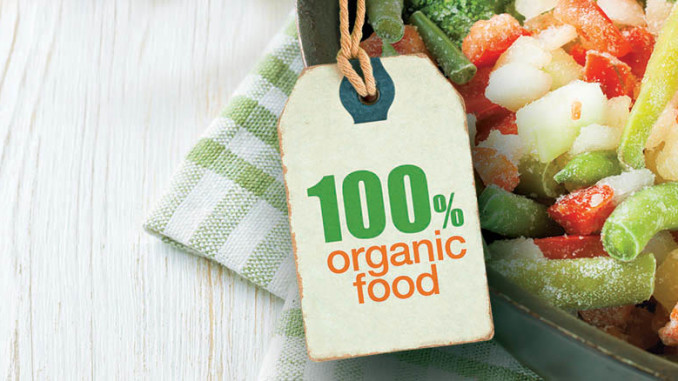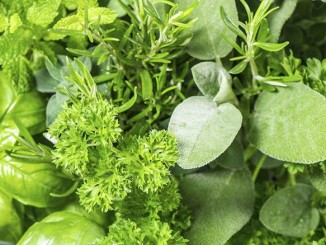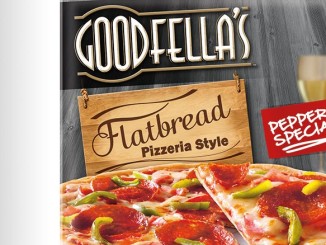
Consumers are increasingly demanding food and drink brands and manufacturers to do better. Brands need to step up efforts to gain consumer trust, with the necessity to be transparent about ingredients and sourcing paramount. Frozen foods are in multiple ways affected by this trend: Organic is a major trend that is finding its way into the freezers and consumers see frozen foods more and more as an environmentally friendly alternative, as it helps to cut down on food waste.
By Mintel
Growing consumer concerns for food safety, the natural environment and human health are fueling demand for organic products in Europe, leading to increased use of organic certification labels in European food and drink launches. In 2017, 15% of all food and drink launches in Europe carried an organic claim, compared to just 6% in 2007.
Globally, the meteoric rise of organic produce has been driven by consumers who believe that fewer pesticide residues mean that products are safer and healthier to eat. In Europe, there is considerable concern about the safety of fruit and vegetables, especially in France, Italy and Spain, and this has driven uptake of organic produce. In the US, 46% of fruit buyers agree that organic fruits have fewer pesticides than conventional fruits, while 33% of vegetable users consider pesticide residue-free an important purchase attribute.
In Asia’s developing markets, such as India and China, consumers are gravitating towards packaged and organic options because they consider them to be cleaner and safer due to higher perceived product purity (i.e. lack of harmful ingredients such as pesticides and chemicals).
In the future, produce manufacturers will become even more specific with regards to produce purity, testing and certification. Already, heavy metal-free claims are emerging on fruit and vegetable products in Asia, while lawsuits in the US over pesticide residues – specifically glyphosate – in products labeled as ‘all-natural’ are driving the next level of ‘clean label’ NPD. Pollution and ingredient contamination will gain importance as savvy consumers ask more specific questions about how their food is grown and processed.
More information is available in our print magazine, January-February 2018.



